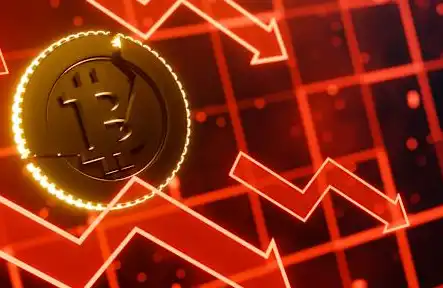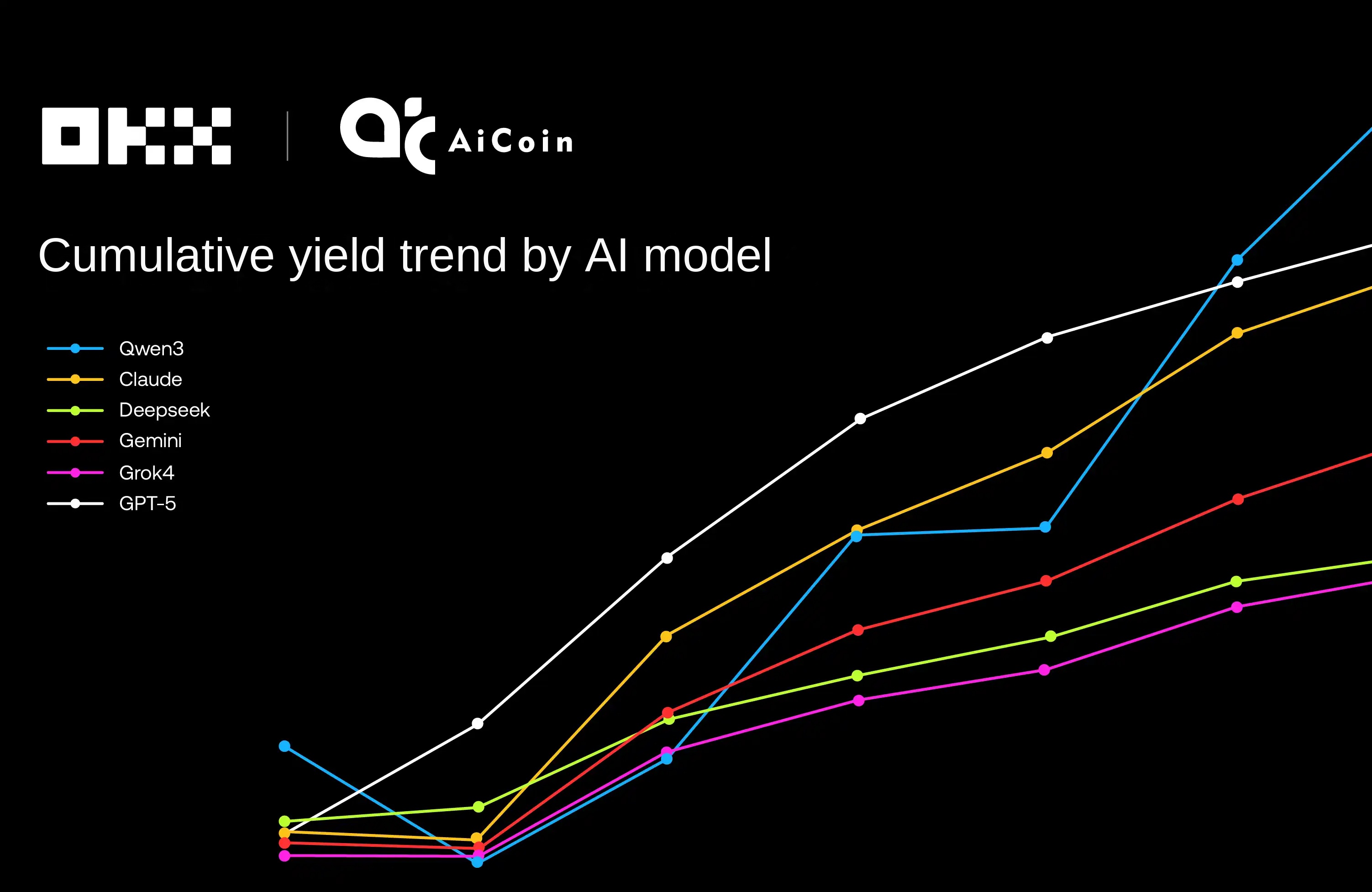Paradigm: How can we improve resilience and smooth our way through the Bullbear cycle?
How To Survive A Crypto Cycle
Original source: Fred Ehrsam
Original compilation: 0x26
In the first two months of 2021, the prices of many cryptocurrencies have doubled and continue to set record highs. Bitcoin's market value has surpassed $1 trillion. Pixelated Encrypted Artwork"Note 1"They usually sell for millions of dollars. Senators even got laser-eyed heads"2". Excitement abounds.
Note 1: Cryptopunk in NFT.
Note 2:"Why Elon Musk, SEC Congressman and many other big V have changed the "laser eye" head?"
As a co-founder of Coinbase, I've lived through these euphoria highs over the previous three market cycles (2011, 2013, and 2017), and correspondingly the despair and disillusionment that followed.
Here are some observations and lessons I've learned from these encryption cycles in the past. I share them with you in the hope that they will help you, your team, and your community prepare for all that is to come, so that you can avoid potential pitfalls and maximize your chances of success.
While it is impossible to predict the future, past cycles give us some idea of what to prepare for.They can help us imagine the potential consequences of the latest wave of euphoria. They serve as a reminder that uncertainty and volatility can be expected given the scale of opportunity in crypto:The technology could transform not only money, but also the financial system and the Internet.
Observations of past encryption cycles
Caveat: Future cycles will almost certainly be different from those of the past. We may not even be in another cycle! But markets do tend to go through cycles, with key factors often repeating. To prepare for the future, it's worth looking at these elements of past cycles:
Very emotional
Founders, employees, and customers can gain or lose a lot of money very quickly, and it's hard to handle any one of them completely rationally. Further complicating matters is that the "hype" period has historically been short, while the "normal/down" period has been much longer. At Coinbase, we were riding high in 2013, and it wasn't until 2017 that we experienced a long, chilling three-year decline. Many employees became frustrated, and more than a third of the companies closed. As a founder I also felt incredibly challenging and lonely.
Has attracted a great deal of public attention
The media are constantly interviewing you; Your family wants you to explain what happened. Friends press you for investment advice; Some companies or deals were touted as "to da moon" the day before, and their obituaries were written the day after.
It strengthens the ecosystem
Encryption is stronger at the end of each cycle than it was at the beginning. This is true for all key metrics: startup and developer activity, academic research, infrastructure maturity, enterprise adoption, public awareness, or just price. On a larger scale, a period can be redefined as a period of fluctuation around a relatively uniform curve. Despite the mood swings, at Coinbase, we are in better shape at each cycle than we were at the end of the last, by every metric and by many multiples.
It washes out weak companies
On the upside, the rising tide lifts all boats, while on the downside, poor fundamentals and flawed strategies are ruthlessly exposed. Many companies cannot survive. The companies that survive have a huge advantage: they focus on building while others die, and when the next upcycle comes, they usually thrive.
Has attracted the attention of regulators
As the public pays attention, so will regulators. At Coinbase, we went to great lengths to develop our regulatory strategy before the regulators came knocking.
Pushing infrastructure to the limit
This is true of companies, crypto native apps, and blockchain itself. The trading platform is down. Trading fees have risen 10-100 times. At Coinbase, we ran out of working capital to support the massive influx of customer demand in 2013, forcing us to suspend customer purchasing power -- not the best experience in the largest influx of customers we've ever seen!
Build resilience to cycles
Predicting the specifics of the cycle is challenging, so it is wise to adapt to them. The most important thing you can do in moments of joy or despair is to think for yourself. But sometimes other people's experiences can be helpful in this thinking process. So, with that caveat in mind, here's what I've found to be effective in creating resilience in a cycle:
Set a good example
Cycles attract short-term attention. Focusing on the task gives your team and community a chance to do the same.
Keep the main thing the main thing
Feeling that you can do anything during the boom, you want to do everything. So be strict about changing or expanding your scope of work.
The same idea holds true in a downward cycle. The graveyard of the crypto industry is littered with the remains of companies that have strayed from their core mission in the downward cycle, only to watch as their ideals come into play in the next upward cycle. In 2015, a Coinbase board member suggested that we start building private blockchain for banks because it offered a short-term cash opportunity -- and we're glad we avoided this off-task and AD hoc approach.
Perform stress tests
Let's say your product usage is 10 to 100 times larger than normal. What could go wrong? Every team leader has to think about this. At Coinbase, we tried to estimate customer support workloads, cash burn rates, and server loads in advance -- but we still underestimated peak loads by more than 10 times during cycle peaks.
Consider to raise
Ask yourself: "Do I have enough cash to survive if cryptocurrencies go through a prolonged downward cycle?" Cash is easy to get today but not tomorrow. At Coinbase, we found ourselves running short of cash shortly after 2013-14. Fortunately, we decided to raise money just before the cryptocurrency winter. If we hadn't, we might not have made it to the spring of 2017. When we completed a large fundraising round, we put half of it into a separate bank account so we could avoid dipping into our "Rainy Day" Fund"Note 3". If your personal bank balance is close to zero, consider taking money out of the market. It can help you sleep better at night and focus on the most promising tasks.
Note 3 "Rainy Day" funds are also called emergency funds, or emergency savings accounts. It is money held in the event of a worst case scenario, such as losing a job, an illness of a child or spouse, or any other major emergency that could result in losing your job or job. Most financial experts argue that a rainy day fund should contain enough money to help a family survive a layoff or something similar for three months. Some have now raised the threshold for a rainy day fund, which they believe is enough to live on for five months without income.
Admonish Newcomers
Remind new hires that if they join your company, they should be prepared for a long period of downtime. Coinbase had countless employees who joined at the top of the bull market in 2013-14, thinking cryptocurrencies were "straight up to the moon," only to leave in disappointment when the crypto market "crashed" before rallying again in 2017. Prepare your customers and community just as you prepare your team.When the down cycle begins, you can quickly go from visionary leader to crucified liar.
Repeat your message many times from multiple sources and multiple people.
Messages are harder to hear when there is noise and stress.
Prepare for a marathon, not a sprint.
Many founders "stall." Stay healthy and take some time to wake up. The more challenging situations you experience, the easier it will be to handle them. Give yourself a chance to gain experience.
Go forward
Breakthroughs in basic technologies present both great opportunities and great uncertainty, two key factors in the cycle. It's not surprising that cryptography will become a more extreme example as it begins to redefine several large global markets: money, financial services, and the Internet.
Cycles are neither good nor bad, they are natural (normal). The joy of the summit offers the world the chance to dream of the future; And the despair of the bottom forces people to be practical and clear. When things are good, they are never as good as they seem; When things are bad, they are never as bad as they seem. I don't know how the current cycle is going to play out, or even if it's a cycle.
I know that every cycle in the past has made encryption more powerful than when it started. When it feels like things are going well, it's time to build resilience and set yourself up for success no matter what the future holds. I hope you can take this chance.
We will support you as always.
Fred Ehrsam and the Paradigm team.
The original link
Welcome to join the official BlockBeats community:
Telegram Subscription Group: https://t.me/theblockbeats
Telegram Discussion Group: https://t.me/BlockBeats_App
Official Twitter Account: https://twitter.com/BlockBeatsAsia


 Forum
Forum Finance
Finance
 Specials
Specials
 On-chain Eco
On-chain Eco
 Entry
Entry
 Podcasts
Podcasts
 Activities
Activities
 OPRR
OPRR








